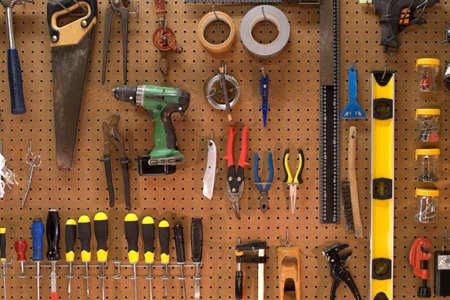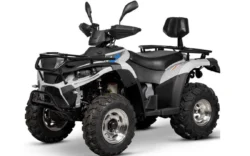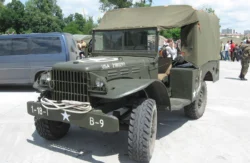Every tradesperson strives to do the best possible job for their customer. Whether that be a kitchen extension, installing an en suite or building a new home from scratch, precision and efficiency are paramount.
And power tools are essential to ensuring every project is completed to the highest possible standards. There are many different kinds – from drills and circular saws to nail guns and impact wrenches, to name just a few, and they’re bound to make up a vital section of any tradesperson’s tool kit.
Unfortunately, their high value means power tools can often be a target for thieves, which is why it’s crucial that you keep them secure as well as properly maintained. Here’s a simple guide with a few tips to ensure your tools remain in the best possible condition.
Allow them to cool
If used repeatedly or for long periods of time, power tools are bound to heat up. To avoid causing harm to yourself or damage to the tool itself, it’s best to allow them to cool whenever possible. It’s likely that you will have regular breaks built into your day to give yourself a rest, which should mean that your tools will avoid overheating. But, if you prefer to get on with the job, be sure to switch to other tasks from time to time so that your tools don’t get too hot.
Clean them regularly
Jobsites are messy places and at the end of a long, hard day, the last thing you feel like doing is cleaning down your tools. However, those few extra minutes can prove invaluable, as it will ensure your equipment remains ready for use the next day. Tools can easily become clogged with mortar, dust, wood shavings, and many other substances, and if they’re not fit for use the next time you pick them up, it could lead to damaging delays to the progress of the project.
Keep them secure and replace worn parts
A recent study found that more than £80 million worth of tools were stolen in England and Wales over a three-year period. It’s a major risk for all tradespeople, so it pays to use robust security measures such as an anti-theft tool tracker, which holds an inventory of all your equipment in one central hub. From there, you can monitor the whereabouts of each tool, meaning you’ll soon be alerted if something does go missing. These trackers can also provide data on the performance of your equipment, so you’ll be able to replace any worn parts before they become a problem.
Store them correctly
When storing your tools, you should make sure they are all restored to their original boxes along with the accompanying bits and accessories. If kept in a vehicle, the boxes should also be tightly packed together to avoid moving around during journeys, as this could cause damage.






